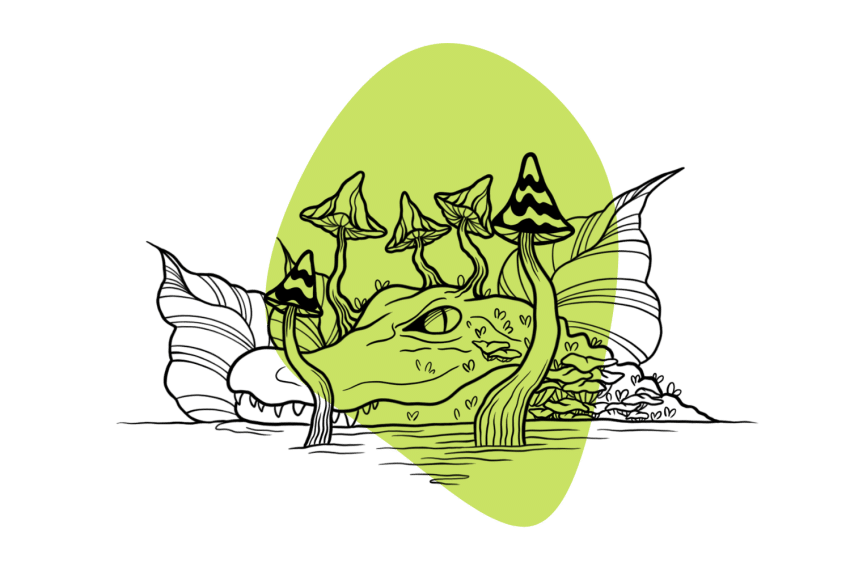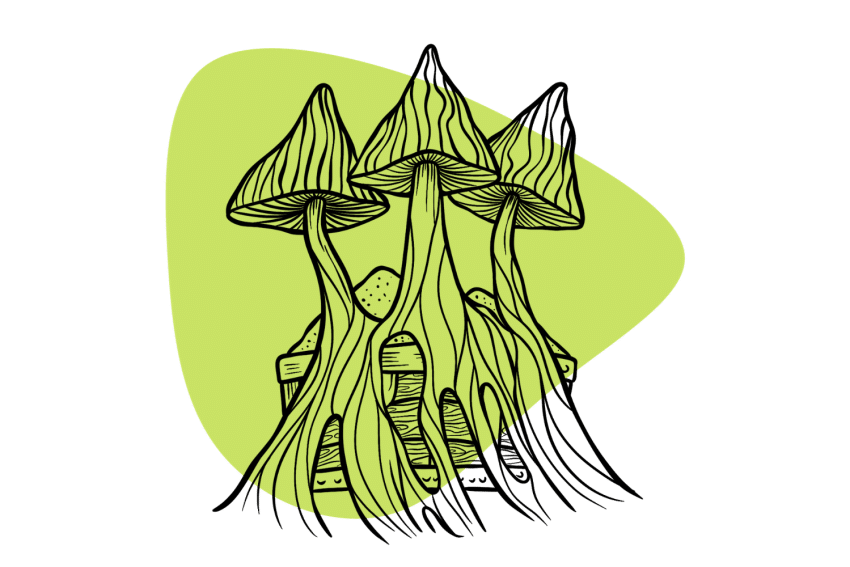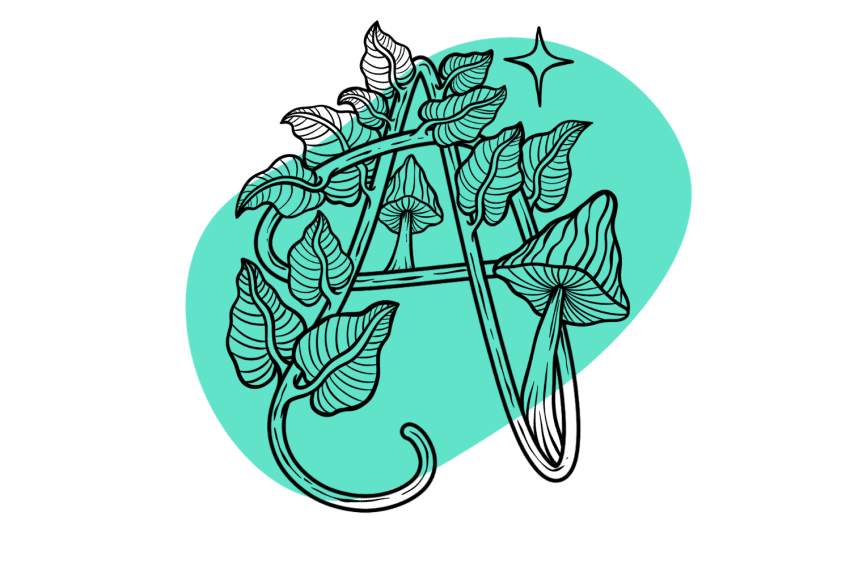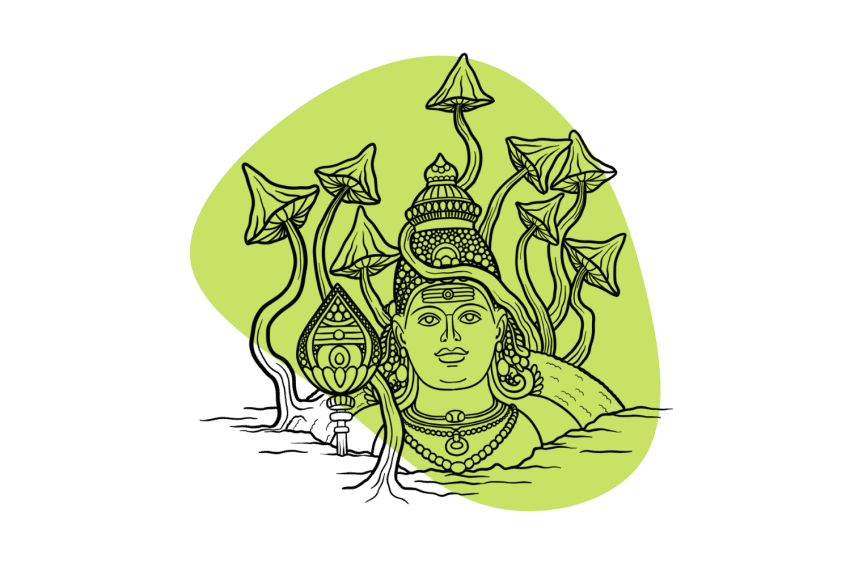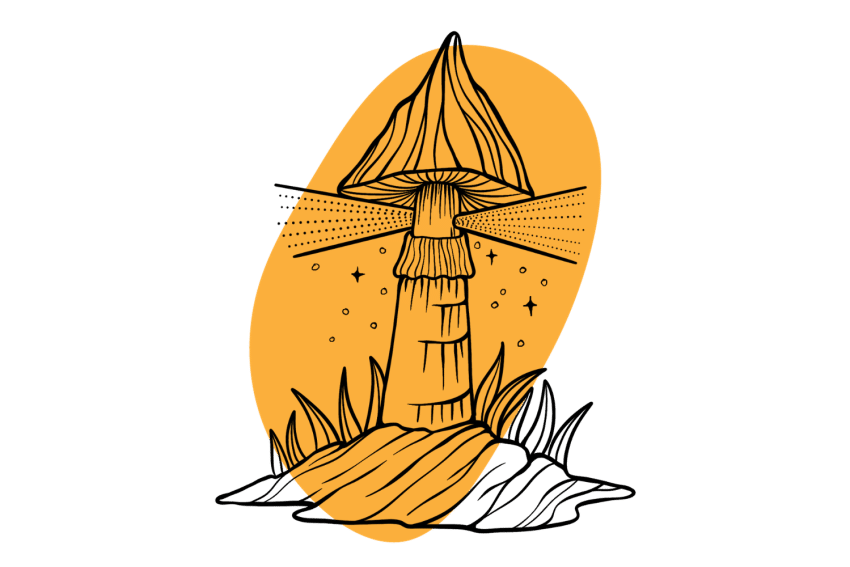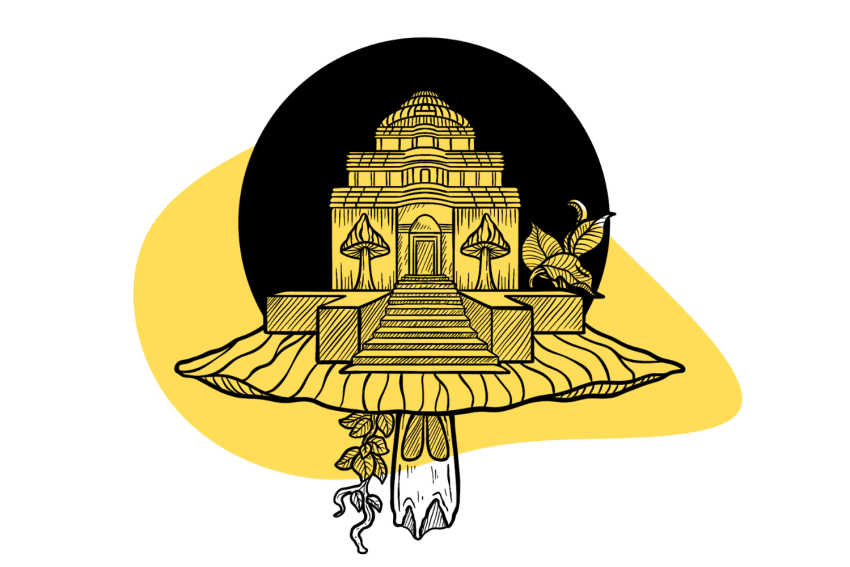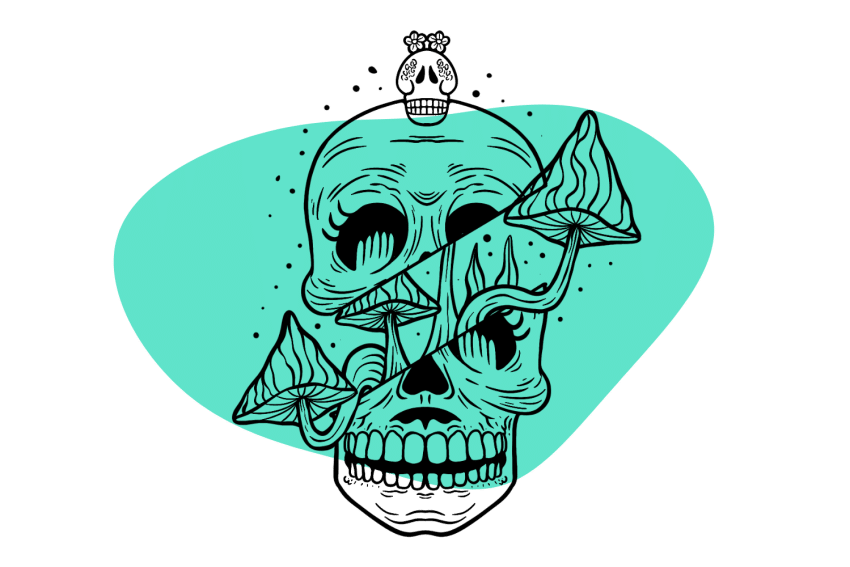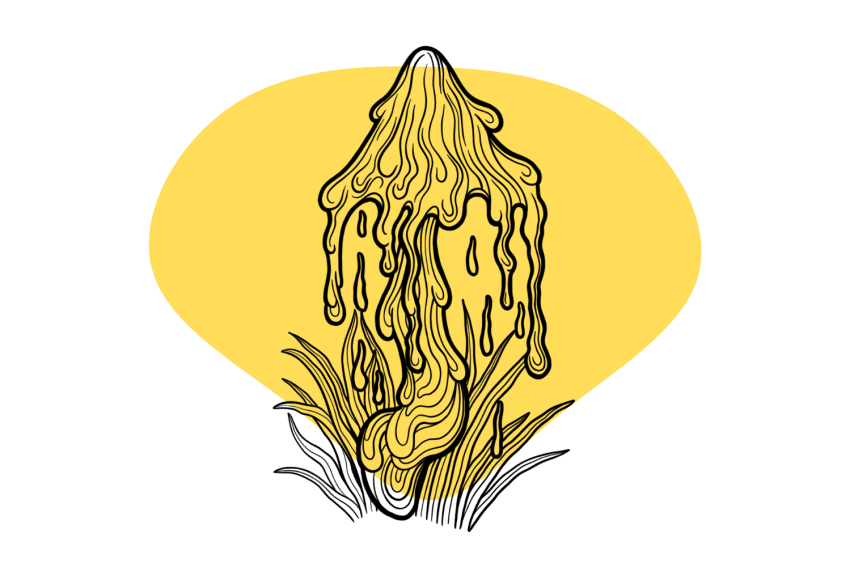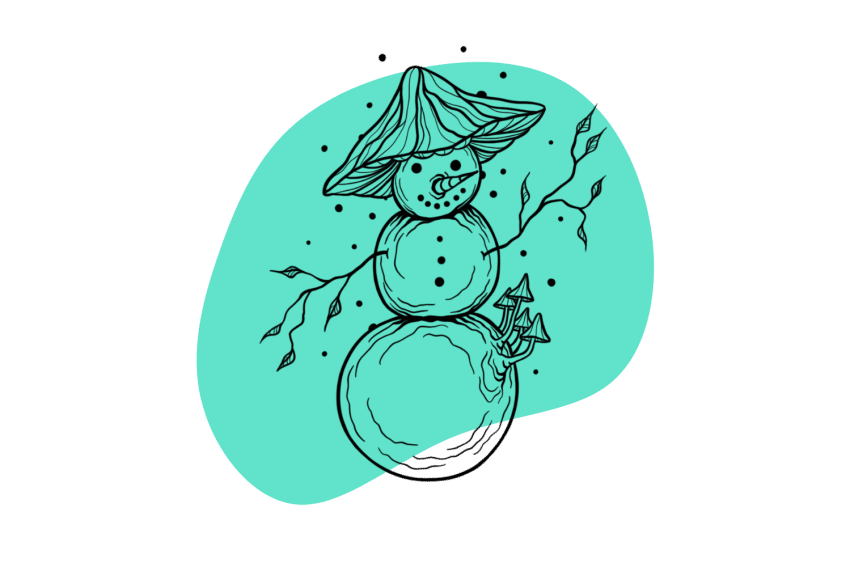Chilean Magic Mushroom Strain: Rare & Underrated
The Chilean strain is undoubtedly one of the most straightforward strains for beginner growers.
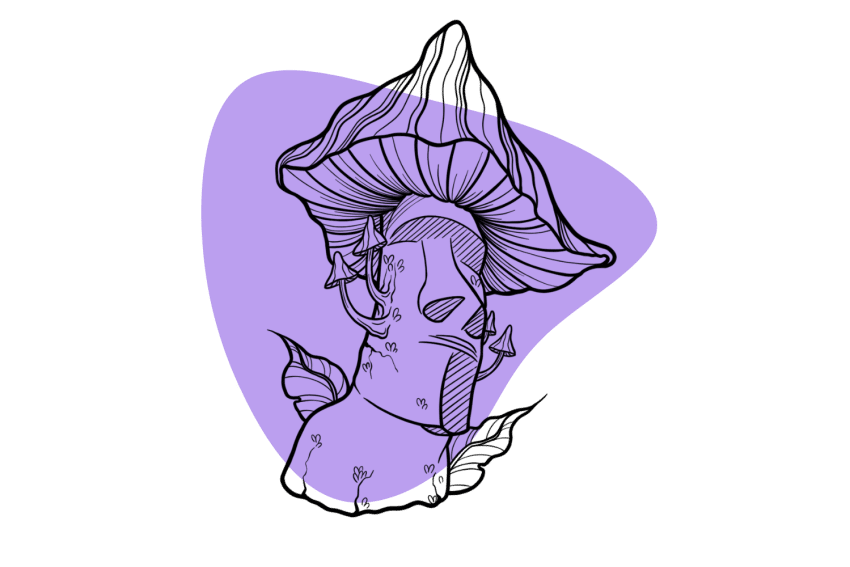
The Chilean strain was (unsurprisingly) discovered in Chile — a country with an incredible diversity of landscapes ranging from the rich tropical shoreline to harsh sub-zero alpine.
The potency of Chilean mushrooms is pretty average. However, the impressive yields of large fruiting bodies possible through cultivation make up for this factor.
Chilean shrooms are large Psilocybe cubensis mushrooms that are light tan in color. Their appearance resembles the Amazonian cubensis strain, but the fruiting bodies don’t tend to reach the same impressive proportions. When dried, they take on a powerful blue hue and have a potency comparable to Golden Teachers and other average-potency strains.
In the wild, Chilean mushrooms have adapted to grow in a wide range of different environments. This is likely why this stain is so stoic when it comes to growing conditions. This mushroom will take just about everything you throw at it.
The Chilean strain is pretty elusive. For a while, this mushroom disappeared off the map completely. But they started popping up on the magic mushroom spore market a few years ago. Currently, only a few select vendors carry this strain.
This strain is one of the best for beginners because it can handle unoptimized growing environments and easily holds contamination back.
Chilean Strain Specs
| Potency | Average 🍄 |
| Cultivation | Easy |
| Species | Psilocybe cubensis |
| Substrate Recommendation | Rye Grain |
| Cost | $$ |
| Sold By | Ralphsters Spores |
History of the Chilean Strain
The history of the Chilean strain is somewhat hazy. Of course, we know this mushroom was initially discovered in Chile and was supposedly first collected somewhere in the mountains. However, we don’t know precisely who collected the first sample and brought it back to the west.
The time when the strain was first collected is also hazy. However, it started to appear for sale through popular online spore vendors in 2002 and was discussed on magic mushroom forums around the same time.
This strain has always been elusive, with vendors occasionally popping up with available Chilean spores. For quite some time, the strain completely disappeared from your typical spore vendors, but now, it has reappeared in places like Ralphsters Spores and a few lesser-known vendors.
At first, people were skeptical about the strain because the spores were so hard to come by. Some believed it was the Amazon strain re-branded. However, this has since been debunked, and several people have grown the strain and noticed significant differences from the Amazon strain of Psilocybe cubensis.
What we know about the Chilean strain is that it’s an underrated and under-sold mushroom that’s a fantastic beginner strain. With excellent contamination resistance, half-decent potency, and good yields of giant mushrooms, it’s a mystery why this strain isn’t as popular as others.
Chilean Strain Potency & Psilocybin Content
The Chilean strain is relatively average in terms of potency. The effects of this mushroom can be compared to strains such as Golden Teacher.
Shrooms within this potency range are fantastic for beginners because doses are easy to gauge. In other words, two or three grams of dried Chilean mushrooms aren’t going to blow your head off. This strain and other average-potency shrooms will produce strong hallucinogenic effects if larger quantities are consumed.
Due to the Chilean strain’s rarity, little is known about its exact psilocybin and psilocin levels. It hasn’t been submitted into an Oakland Hyphae Psilocybin Cup, nor has any testing data been submitted online. However, some people have submitted trip reports and experiences on online forums that can help us gauge their relative potency.
We estimate this mushroom to contain between 0.8% and 1% total tryptamines (psilocybin, psilocin, and baeocystin).
Some Shroomery users who have had experience with the mushroom claim that it’s incredibly visual when taken in mid to high-doses. Geometric patterns and rainbow-colored shapes are noticeable when these shrooms are ingested.
As with any psychedelic mushroom, how you grow the Chilean strain will affect its potency.
Chilean can handle some pretty poor growing environments. However, that’s not to say that you shouldn’t take care and pride in trying to create the best sterile and controlled cultivation environment.
If you ensure that everything is sterile and your growing environment stays relatively stable in terms of temperature and humidity, you’ll produce far more potent mushrooms. On the other hand, if you don’t take care in the cultivation process and grow the Chilean shrooms on an old sock, you’re going to end up with some pretty weak shrooms.
Chilean Variations & Genetic Relatives
The Chilean strain is relatively rare, and its history is unclear. Therefore, we don’t know much about its genetic relatives or if any exist at all.
Variations of the strain also do not exist (not in the mainstream at least, there could be some breeders that have their own private offshoots of this strain). No albino varieties are available yet either.
However, the Chilean strain isn’t the only mushroom available that was discovered in South America. It’s growth characteristics match many of the other strains from this region.
Other South American Strains Include:
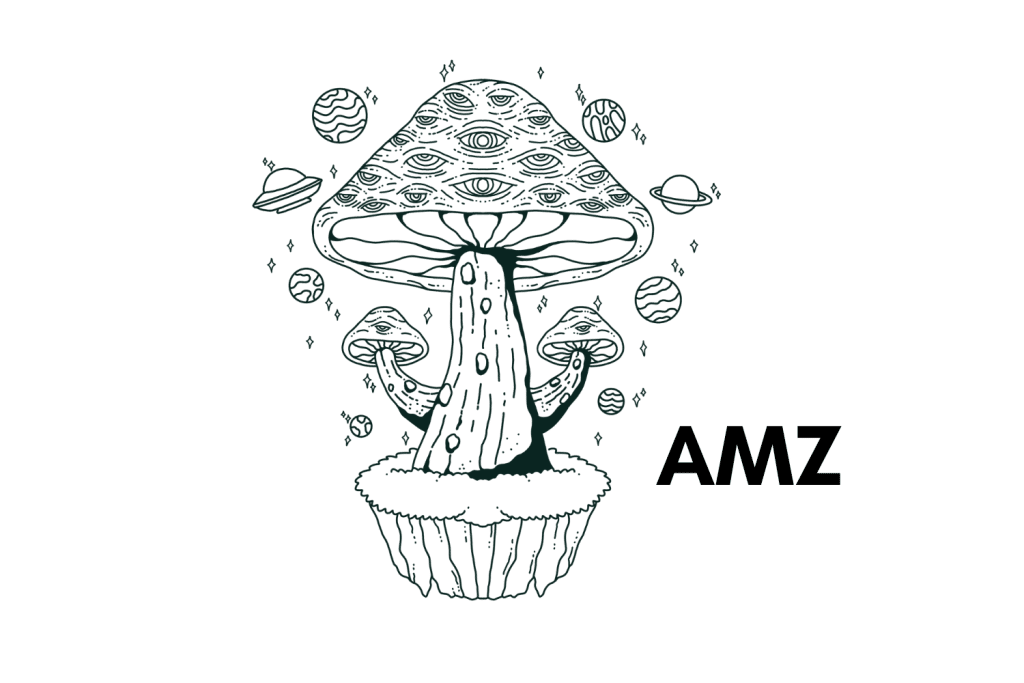
Amazon (AMZ)
The Amazon strain goes by a few different names: PES Amazonia, Amazonian Cubensis, or simply Amazon.
This is a strain that produces incredibly large mushrooms. It’s an aggressive colonizer, and the fruiting bodies develop quickly. They share many similarities with the Chilean strain and are very easy to grow thanks to their contamination resistance.
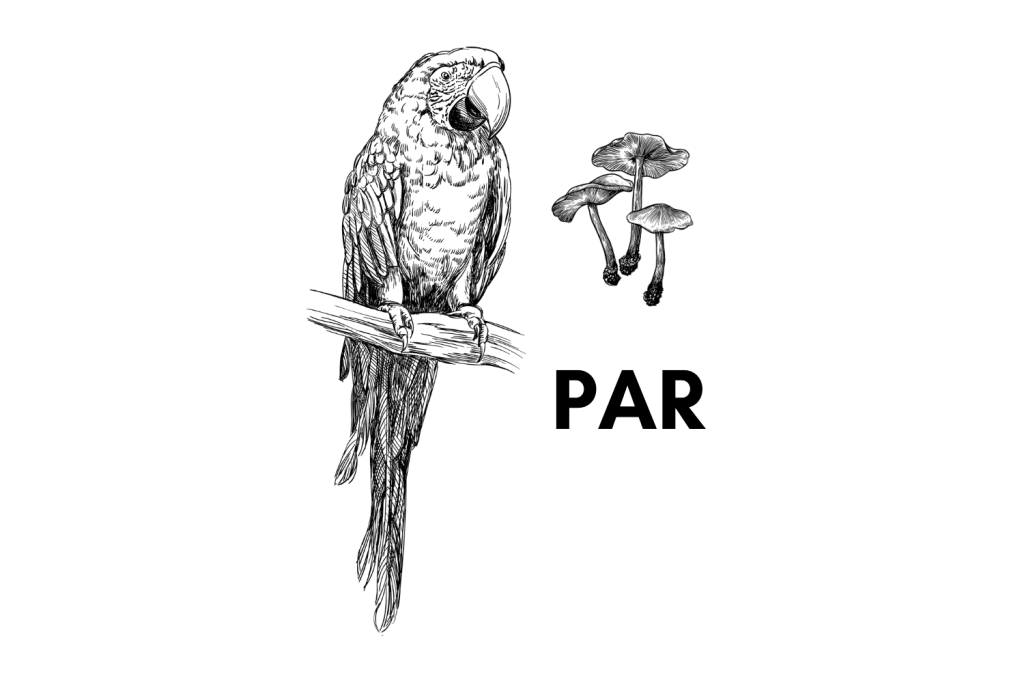
Paraguay (PAR)
The Paraguay strain is another South American strain with similarities to the Amazonian Cubensis strain. Like Chilean, this strain produces large fruits and is an aggressive colonizer. It’s extremely contamination resistant and can withstand an unoptimized growing environment.
Paraguay is renowned for producing consistent flushes of decent-sized mushrooms with above-average potency. This is a great potent shroom for beginner cultivators.
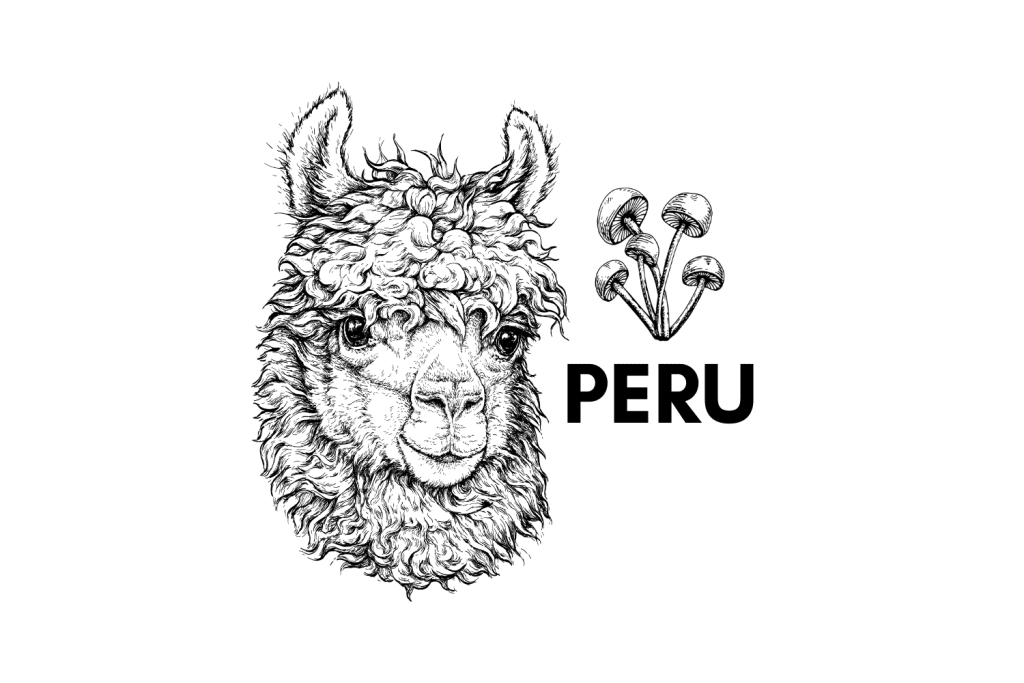
Peru (PER)
The Peruvian strain, known as Peru for short, is a South American strain that was collected and developed by Ralphsters Spores.
Peru grows best in manure and is relatively contamination-resistant, making it a good choice for beginners. Peru shrooms are medium-sized and tan in color with large flat caps that darken from flush to flush. This strain has above-average potency and can produce decent yields over several flushes.
Where to Buy Chilean Strain Spores
Chilean mushroom spores can be hard to come by. This strain is rare, and although we know a fair bit about it, Chilean genetics seem to have disappeared from many mainstream vendors. However, not all hope is lost.
Until fairly recently, the Chilean strain more or less disappeared and couldn’t be found from spore vendors throughout the United States, Canada, and Europe. However, Ralphsters Spores does now stock the strain in the form of spore syringes.
Ralphsters Spores is a US-based spore vendor that’s reputable and reliable. Unfortunately, Ralphsters doesn’t offer international shipping for those outside the United States.
For now, it seems that the only reliable place to source Chilean genetics is Ralphsters Spores. Currently, no reliable mainstream spore vendors are offering the strain in Canada or Europe.
How to Grow Chilean Mushrooms
The Chilean strain is remarkably easy to grow and is an excellent choice for beginners fortunate enough to find them.
This strain is incredibly contamination-resistant and will not only grow but thrive in unoptimized growing conditions. With some simple sterile practices and basic cultivation equipment, good yields of large Chilean mushrooms can be produced through several successful flushes.
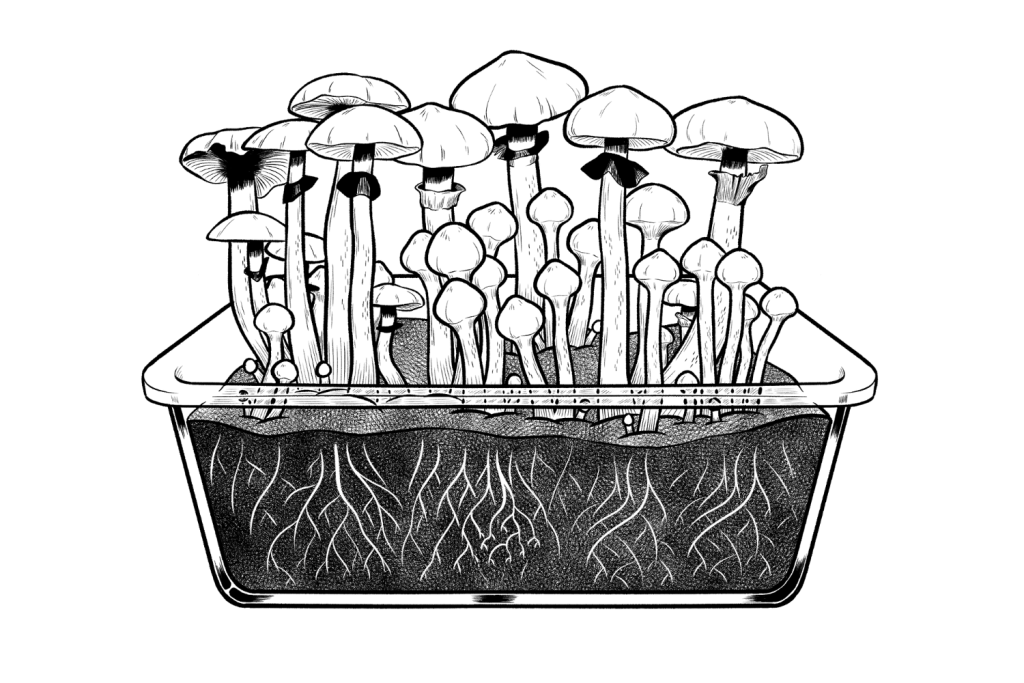
The Chilean strain can be grown similarly to most other Psilocybe cubensis mushrooms. The easiest method is “PF-Tek” — this simple cultivation method is easy for anyone, regardless of experience.
PF-Tek involves inoculating jars with spores to produce “mycelium cakes” and then removing the cakes for fruiting. The cakes are placed in a fruiting chamber (a simple sterile box with a layer of growing medium on the bottom) and then left to produce mushrooms.
I’ve made this sound pretty simple, which it is. However, there’s a bit more to cultivating magic mushrooms than this. If you want to learn how to grow magic mushrooms, check out our definitive step-by-step guide.
In terms of substrate, the Chilean strain isn’t fussy. Because this mushroom grows at several different altitudes, in various climates, and various habitats, it can be grown on most substrates. However, many have seen the best results on rye grain.
Other Easy-to-Grow Magic Mushroom Strains
The Chilean strain is favored for its excellent resistance to contamination and ability to thrive in various conditions. This makes it the perfect strain for beginners.
Chilean is an excellent option if you’ve never grown magic mushrooms before and are looking for an easy strain to try first. However, it’s not your only option, and it may not be available in your country. Luckily, there are quite a few fool-prove strains that can be grown with ease.
If you’re a beginner looking for other easy-to-grow magic mushroom strains, here are some to look into:
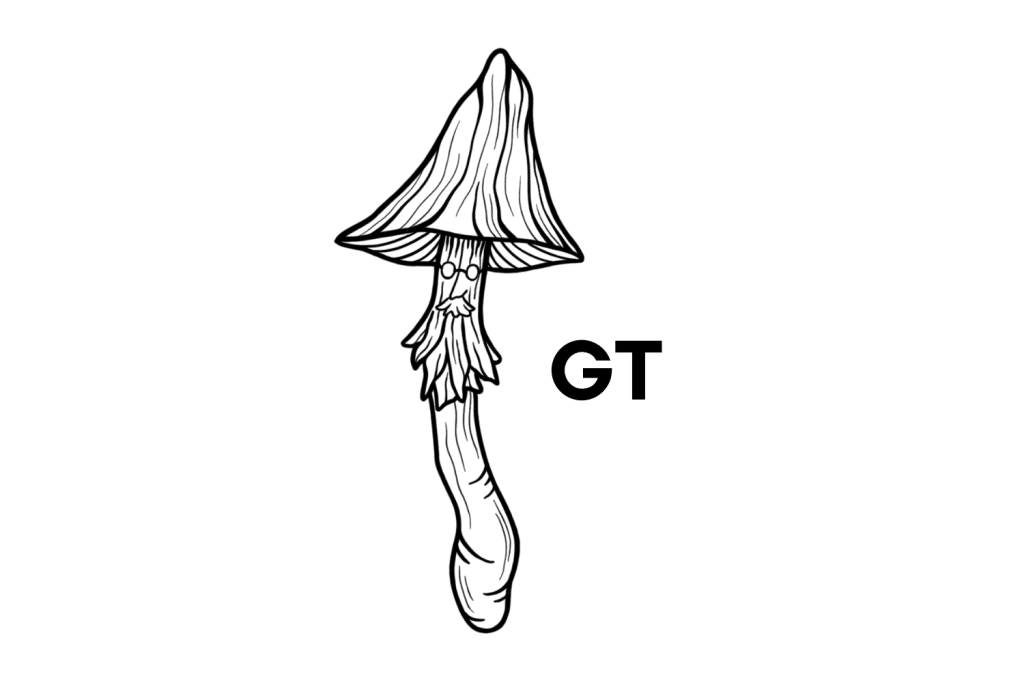
Golden Teacher (GT)
Golden Teachers are the most popular mushrooms among beginner growers because they’re incredibly lenient regarding growing conditions. With excellent contamination resistance and dense flushes, good yields of above-average mushrooms can be produced without much in the way of cultivation experience.
Golden Teacher mushrooms aren’t much to look at, but this strain is well-rounded, grows quickly, and produces decent-sized mushrooms even if the conditions aren’t perfect.
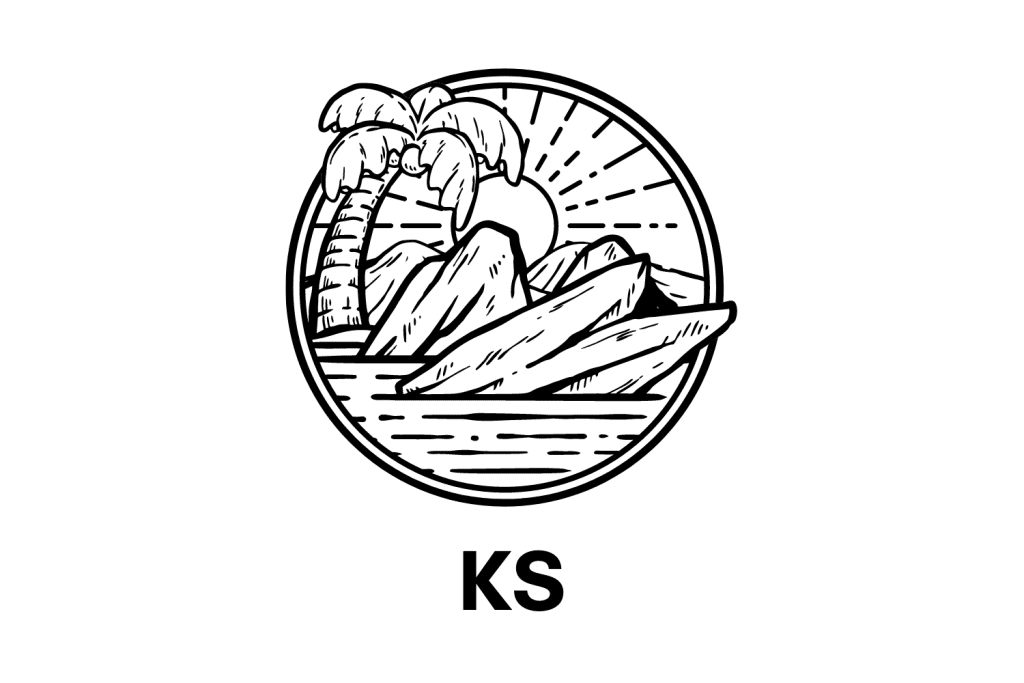
Koh Samui (KS)
Koh Samui, along with Golden Teachers, is one of the most popular strains for beginner growers. This strain has a high resistance to contamination and can be cultivated relatively easily by beginners. Unlike other beginner strains, Koh Samui is quite potent.
The mushrooms themselves are known as “fatasses” because they’re short, fat, and relatively round.
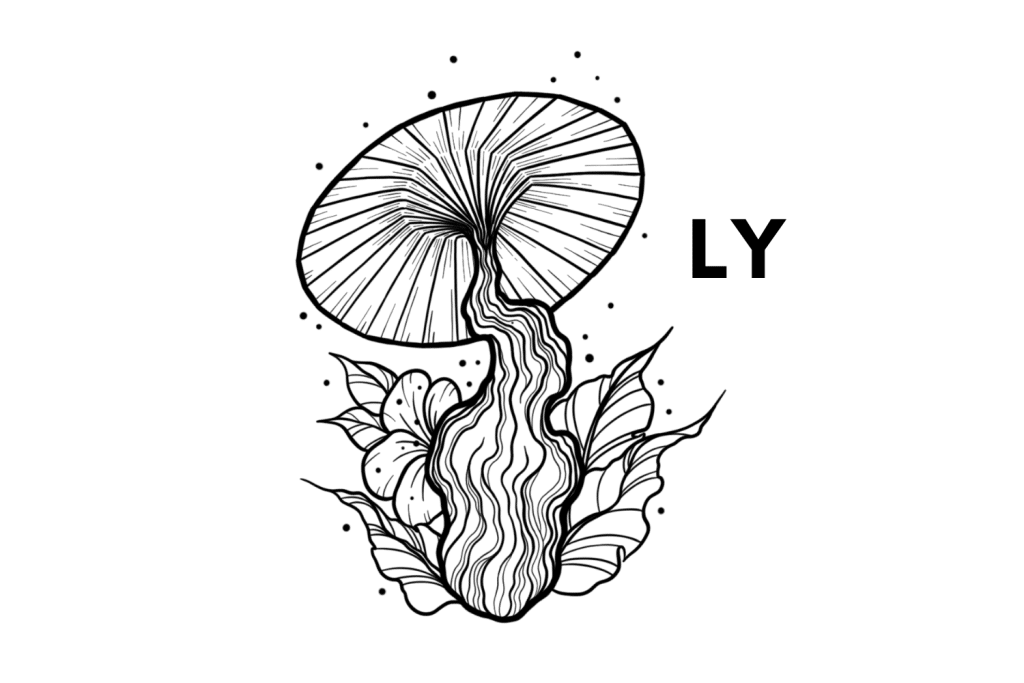
Lipa Yai (LY)
Lipa Yai is a Thai strain that closely resembles Koh Samui. However, instead of producing short-fat mushrooms (called “fatasses”), Lipa Yai produces tall slim fruiting bodies.
Like Koh Samui, Lipa Yai has fantastic contamination resistance and isn’t fussy about growing conditions, provided the environment is warm and humid. The mushrooms have average potency, and high yields can be produced over several flushes before the colony succumbs to mold.
Strains vs. Species: What’s The Difference?
The Chilean mushroom is a genetic variant of the species of fungi Psilocybe cubensis. This species has hundreds of different genetic variants called “strains.”
A species is a biological family of organisms. Different species exist in all six kingdoms (Eubacteria, Archaea, Protista, Fungi, Plantae, and Animalia), and most species within these kingdoms have one or more different strains.
Genetic variants of certain species occur naturally in the wild. You can see this in the plant, animal, and fungi kingdoms. For example, several trees of the same species have genetic variants that can look very different from one another. However, they still belong to the same species.
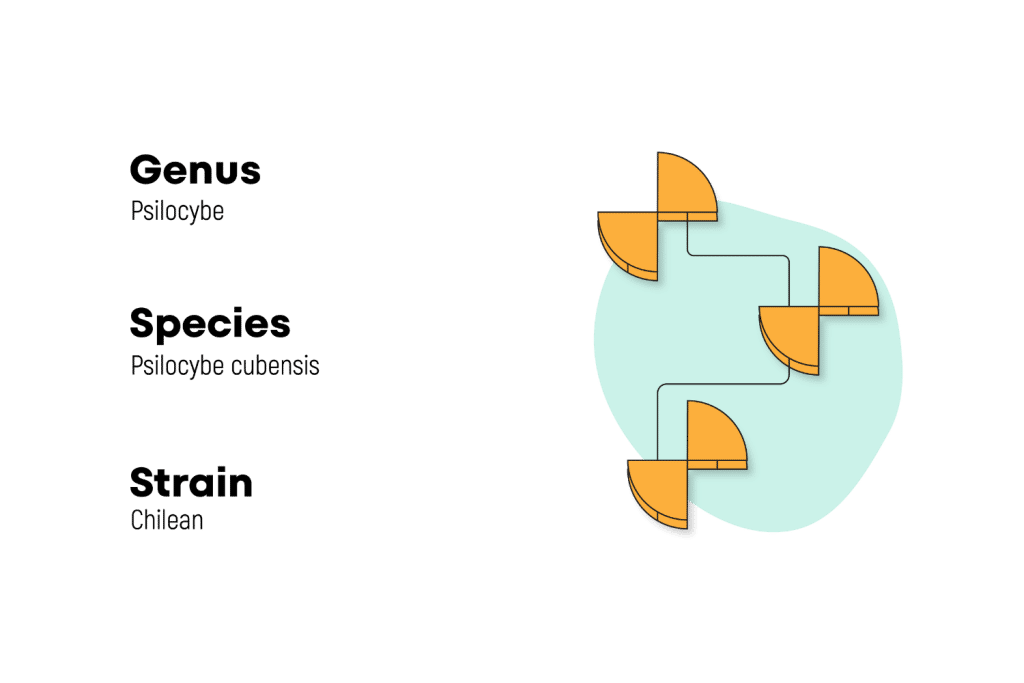
Species with the most strains usually had some kind of human intervention. We enjoy crossbreeding variants of certain species to create new strains that contain traits that are in some way beneficial to us.
Look at cannabis, for example. There are hundreds of different cannabis strains, and although they are all the same species (Cannabis sativa), the strains are vastly different. Some strains may produce higher yields, others more CBD (cannabidiol), others more THC (delta-9 tetrahydrocannabinol), some may be pungent, and others may have light citrus scents.
Hundreds of different species have been altered by man to create strains with different traits we like.
Dogs, cats, cereal crops, vegetables, herbs, medicinal plants, tobacco, and edible fungi have all been altered to increase the range of strains within the species. This provides us with more variety and choice in the food we eat, the things we use medicinally and for recreation, and the pets we call friends.
You can see this in the Psilocybe cubensis species. Of course, several different strains have occurred naturally, but we’ve created many more through cross-cultivation to increase psilocybin levels, create albino traits, or increase yields.
Related: Exploring Over 100 Different Species of Magic Mushrooms

